Labor already feeling heat over its emissions-reduction strategy
To meet his climate promise, Anthony Albanese must boost renewable energy to 82 per cent of supply by 2030, put a carbon-trading scheme on big business and spend billions.
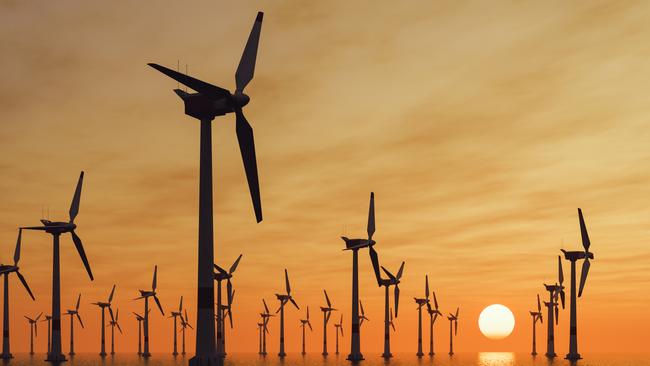
To meet the climate change promise that Labor took to the federal election, the Albanese government must boost renewable energy to 82 per cent of supply by 2030, put a carbon-trading scheme on big business and spend billions on infrastructure and new technologies.
But before the final numbers are even counted, the ALP is under pressure to do more.
The Greens have demanded tougher action to win their support in the Senate, and conservation and investor groups have been quick to insist that Labor lifts its target to cut greenhouse gas emissions by 43 per cent by 2030.
Labor’s policy for the election would cost $75bn by 2030, equal to 3 per cent of GDP. Billions of dollars will be spent upgrading electricity networks, electric vehicles will be given special tax advantages, and a new $15bn National Reconstruction Fund will provide finance and investment for renewables and other low-emissions technologies.
The centrepiece of Labor’s plan is a revised safeguards mechanism which would become a cap-and-trade carbon market for the nation’s biggest emissions industries. A new body would decide which major companies were forced to cut their emissions, with the total amount of emissions allowed across the economy to be reduced each year.
Offsetting emissions is expected to spawn a range of new industries in the agriculture and land care sectors.
Modelling for Labor before the election estimated its climate change policies would result in lower electricity prices for consumers and thousands of new jobs. But it did not calculate the inflationary impact of forcing businesses outside of the electricity sector to act.
Labor’s plan was more ambitious than the Coalition policy of cuts of 26 to 28 per cent by 2030 but below the demands of the teal independents for a 60 per cent cut and the Greens demand of net zero by 2035.
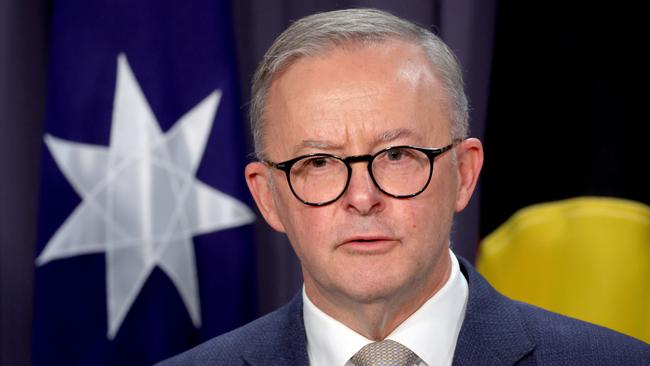
Mr Albanese has said his government would legislate the new target. But to get the changes through parliament it must win support in the Senate from either the Greens or Coalition senators.
Labor has been put under immediate pressure to lift its targets. Australian Conservation Foundation chief executive Kelly O’Shanassy said Labor must do more. “Labor has committed to cut climate pollution by 43 per cent this decade but we know the science demands the new government go further if we want to have a safe climate,” she said.
“Labor’s goal to have 82 per cent of our electricity generated by renewables by 2030 is a step in the right direction, but the new government must reconsider its position on new coal and gas projects”, Ms O’Shanassy added.
The Investor Group on Climate Change said the election outcome offered an opportunity to reset and align Australia’s economic policies with climate goals.
The group said stronger Paris-aligned 2030 targets were needed to unlock $131bn in investment in clean industries and new jobs across the economy by the end of the decade.
Mr Albanese has made climate change a defining policy for his government. He has pledged to raise it with the leaders of the US, Japan and India at the Quad meeting in Tokyo this week.
To signal its new approach, Labor will seek to host a meeting of the United Nations Framework Convention on Climate Change.
This year’s meeting will be held in Egypt where a decision will be made on the venue for 2023.
Labor’s commitment to cut emissions by 43 per cent by 2030 is broadly in line with the pledges of other major countries.
To meet the target, emissions will need to fall to 351 million metric tonnes, or “Mt”, in 2030 in Paris budget accounting terms.
The ALP policy is projected to set Australia on a net-zero pathway by 2030, reaching net-zero emissions by 2050 in line with the Paris Agreement.
For this to happen, renewable energy penetration will need to grow to 82 per cent by 2030 compared to 68 per cent under business as usual.
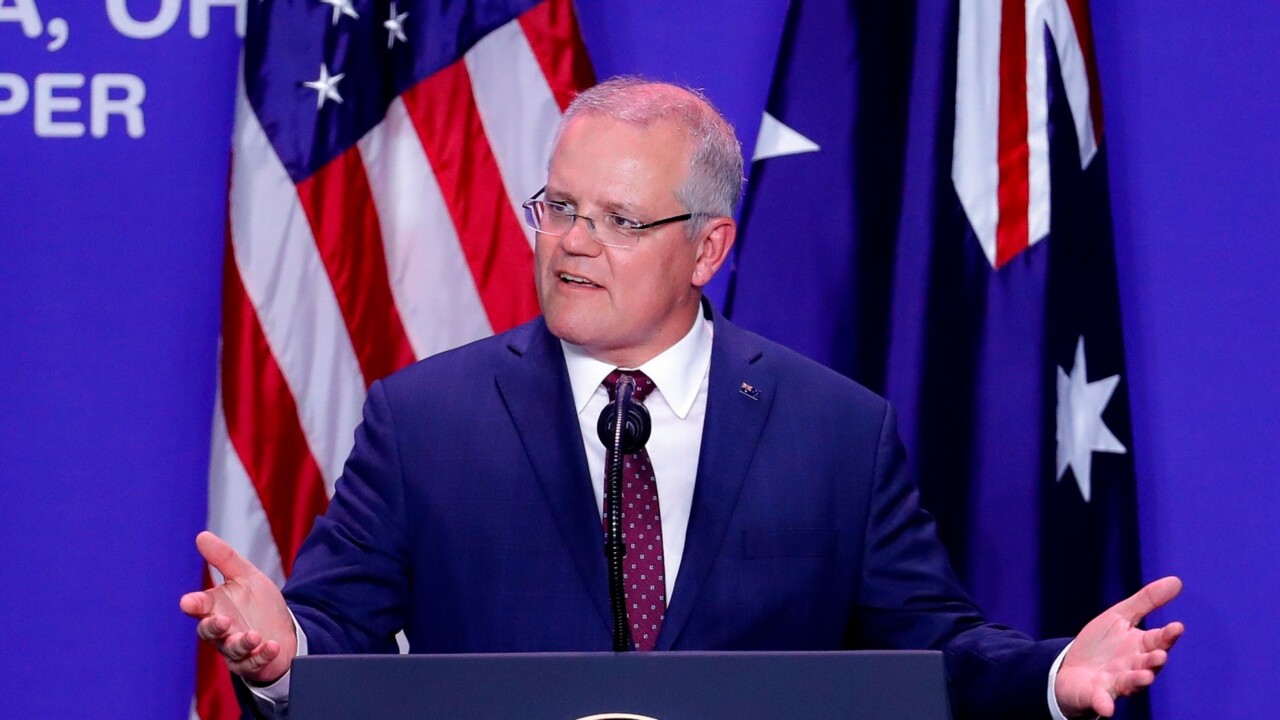
The Labor government has signalled $24bn in public investment to be matched by $51bn in private sector investment. During the election campaign, Labor said annual average electricity bills were projected to be $275 lower by 2025 and $378 lower by 2030.
The safeguards mechanism carbon trading scheme will be applied to facilities that emit more than 100,000 tonnes of CO2e per year across a range of sectors, including mining, oil and gas extraction, manufacturing, transport, and waste.
Labor modelled its policy on recommendations by the Business Council of Australia for emission baselines to be reduced gradually over time. Peak business groups have argued this would be in line with commitments already made by corporations to be carbon neutral by 2050. Businesses will be able to offset their emissions through internal abatement or external offsets from Australia’s carbon farming sector.
Industry will be given flexibility to discover low-cost abatement opportunities and invest in long-term emissions reduction technologies.
According to modelling published by the ALP, emissions covered by the safeguard mechanism have grown 7 per cent since its commencement in July 2016, rising to 140 Mt of CO2e in 2020-21 to be 17 per cent above 2005 levels, or just over one-quarter (28 per cent) of national emissions.
Without action, big companies were projected to overtake the electricity sector as Australia’s largest emitting policy segment in the early 2020s.
Labor said improvements to the Safeguard Mechanism were projected to deliver 213 Mt of GHG emissions reductions by 2030.
It said investment in industry abatement was estimated to create 1600 jobs by 2030, with five out of six of these jobs to be created in regional areas.
More Coverage
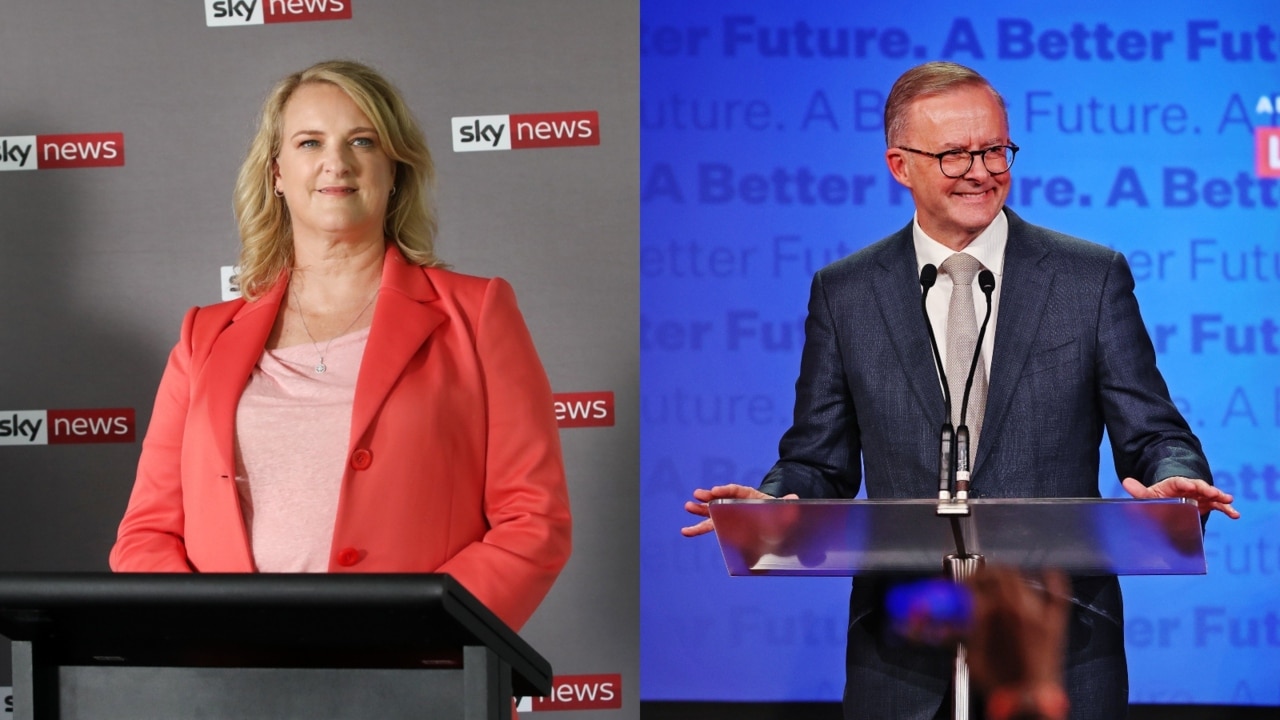


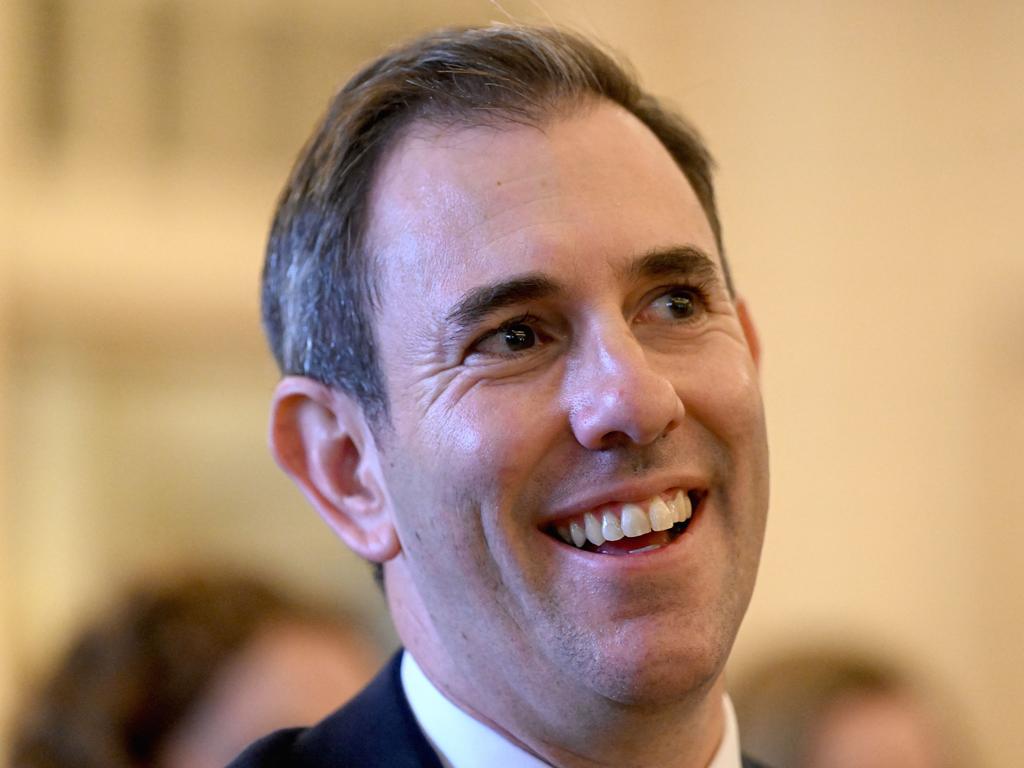





To join the conversation, please log in. Don't have an account? Register
Join the conversation, you are commenting as Logout